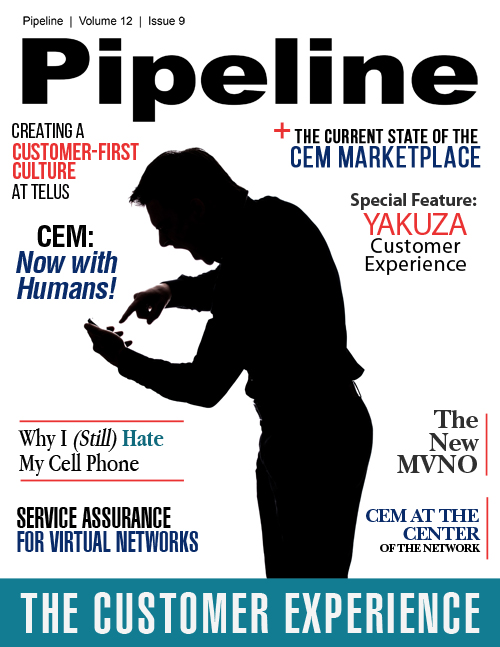Creating a Customer-first Culture at Telus
By assembling a team to co-create a customer strategy (and hence define the culture of the organization and its alignment) from all departments within the organization, the chances of success are much greater. She recommends that, at a minimum, this team be comprised of customer service, information technology, human resources, marketing and operations. She doesn’t let administration, technical teams or finance off the hook; however, those that directly affect the customer experience are best to take the lead.
Playing to an organization's strengths is another important aspect of building a good customer-first culture. Carol goes on to point out that Apple has organized their customer-first culture around building great products. Cisco is good at understanding customers intimately and tailoring solutions accordingly. Both of these companies have organized their customer-first culture around their strengths. Playing to the strengths of an organization in alignment with customer needs is a good way to begin the process of implementing a customer-first culture.
Building a Customer-First Culture: Telus
Within the mobile industry, Telus is an example of a company that has successfully implemented a customer-first culture. For those of you not familiar with Telus, it is a Canadian national telecommunications company that provides Internet access, voice, entertainment, healthcare, video, satellite and IPTV television. Telus' wireless division, Telus Mobility, offers CDMA 2000, IDEN, HSPA+, and LTE-based mobile phone networks. Telus is the incumbent local exchange carrier in British Columbia and Alberta, and a major competitive local exchange carrier in Ontario and Quebec. Carol was involved in building a customer-first culture at Telus between 2009 and 2012.
Gaining Internal Insight
Telus began the process of building a customer-first culture by taking over 350 senior executives across all departments of the company and pairing them with a customer service person for an entire day to give them experience on the front lines of customer service. This provided the senior executives a thorough experience with the tools and the reality of what customer service was currently like in their organization.
That changed the impression the senior leadership had of the problems a typical customer was facing. It was far more impactful than reading about the experience in a report, and allowed them to connect with the human side of the customer service experience. The presence of the senior executives in customer service activities also impressed those representatives working with customers day to day that Telus was taking building a customer-first culture seriously.
Carol also went on to talk about the need to overcome a “good news only” culture. In some organizations, passing bad news up the management chain is discouraged. By allowing the senior executives to experience the day to day customer experience first-hand, they get a pure, unfiltered impression of what is really going on in the organization, not one that has been colored or distorted to fit the bureaucracy or politics of the organization. Further, the senior executives were able to discuss directly with the customer service representatives what barriers or challenges they were facing in providing customer-first service and what changes they felt could be made to improve the company’s ability to service their customers.
Taking Action
After the experience on the front lines, the senior executives from all the departments regrouped to discuss how each of their departments could contribute to making the changes necessary to establish a customer-first culture. Carol emphasized the important of everyone means everyone: “As soon as you let one department off the hook, you start down a slippery slope of losing momentum.”
Participation and action by all departments is required to succeed at implementing a customer-first culture. Carol was most impressed with the spontaneous participation of the internal audit department at the company. “They came to me and asked, 'how can we help?' I was blown away with their enthusiasm and openness to supporting the cause.”



















